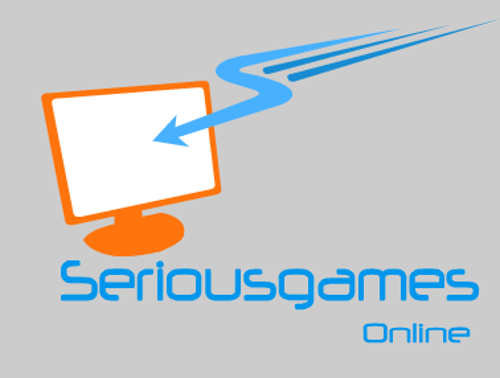Activity administration
This aspect deals with the experience’s application in an administrative sense. Those engaged in the game or simulation have to operate within the confines created by the experience’s designer.
Participants/ relationships
This section deals with the nature of the people playing the game and the kinds of relationships they can have amongst themselves, their competitors or collaborators and potential outside advisers, coaches or observers.
Engine/model
A game or experiential exercise is a constructed and artificial system that must have some type of driving mechanism. Wilderness and survival experiences, which are conducted in natural settings by using forests and mountains as backdrops, are actually artificial.
Interface
Those participating in a game or simulation must interact both with whatever means it uses to present itself and to provide response(s) to their players. This segment deals with the nature of the interface with which players deal.
Outcomes
An exercise or game is a designed tool. Therefore it has at least one expected outcome. There may be other outcomes so this section attempts to capture the number of different outcomes that are possible, and how players are informed of the results of their decisions or choices.
THE TEAM

Nicola Baldissin

Marco Greco

Joseph Wolfe

